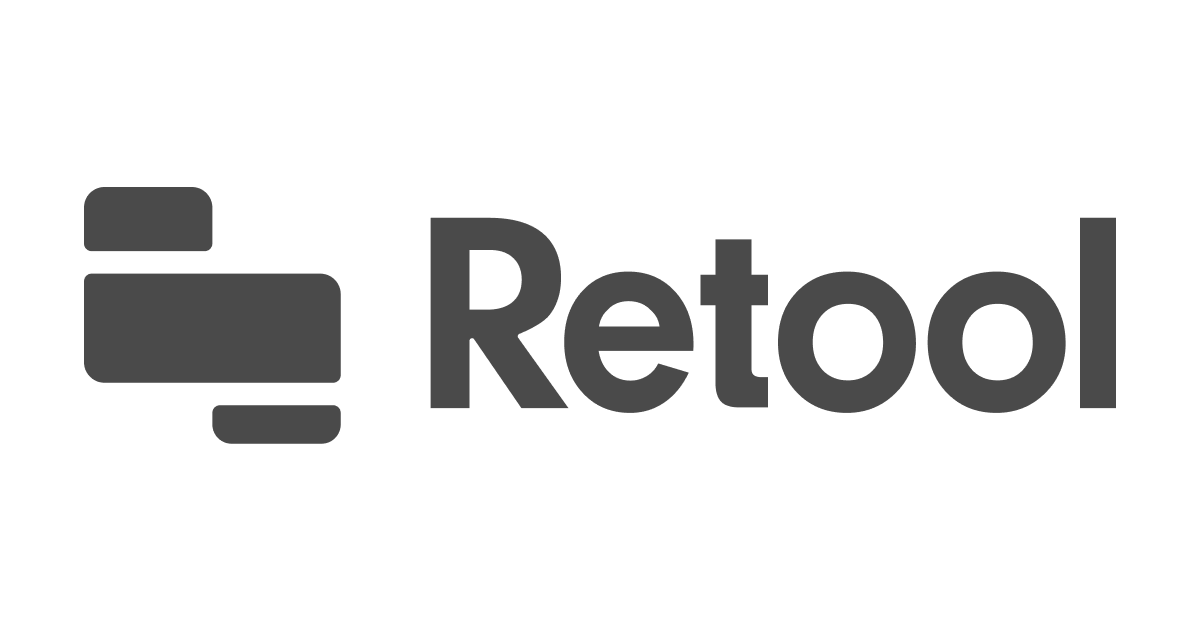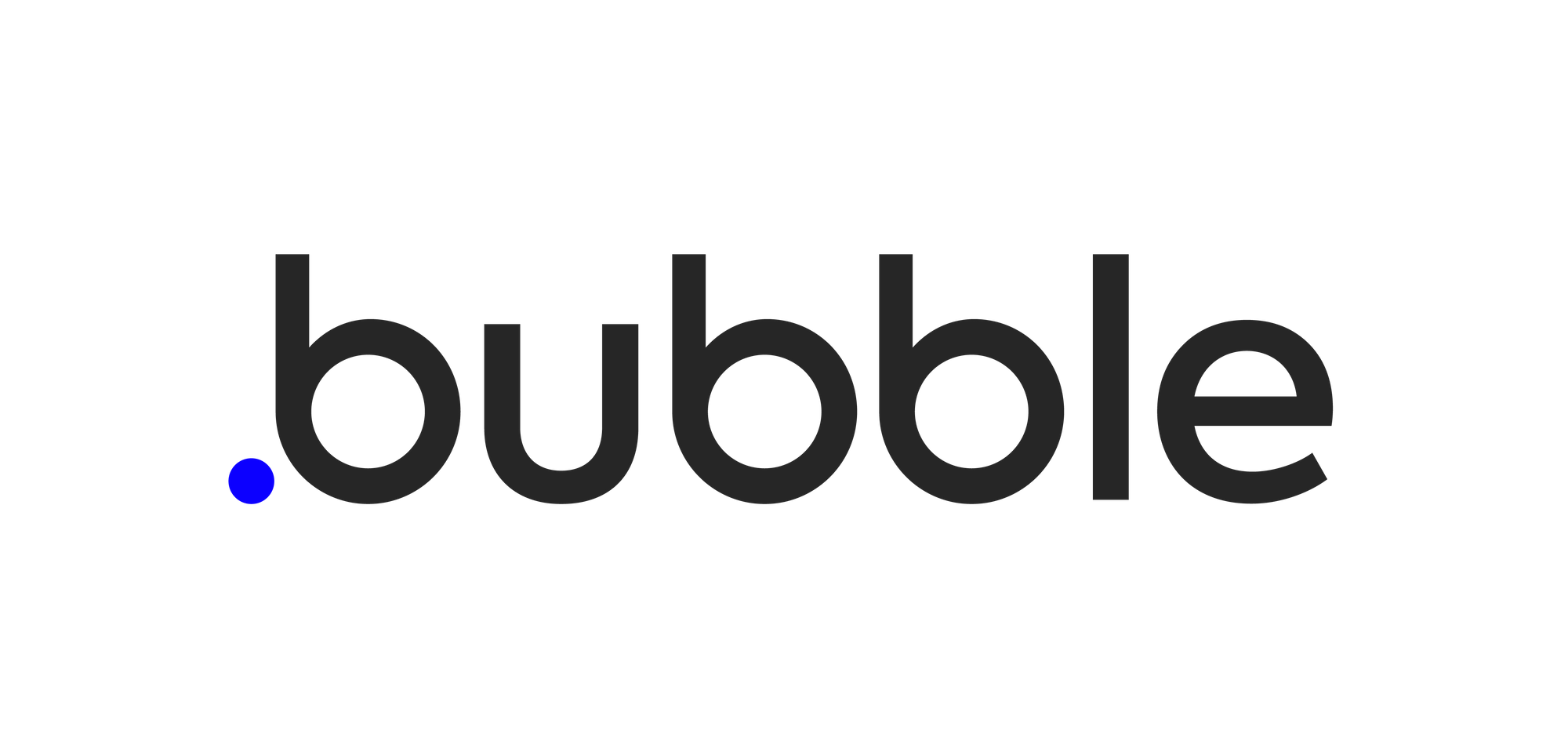Retool vs Bubble: Two Low-Code Platforms for Internal Tools


Table of contents
Introduction
In today's fast-paced business landscape, organizations often require custom internal tools to streamline processes, improve efficiency, and enhance productivity. Low-code platforms have emerged as a popular solution, empowering users to build applications without extensive coding knowledge. Retool and Bubble are two such platforms that enable users to create internal tools rapidly. In this article, we will compare 'Retool vs Bubble', exploring their features, strengths, and use cases. Additionally, we will also discuss Appsmith as an alternative solution that combines the best of both worlds.
Retool: Empowering Data-Driven Internal Tools

Retool is a low-code platform designed for building data-driven internal tools. It was founded in 2017 by David Hsu. Retool also enables users to write custom JavaScript code, providing flexibility for advanced functionality and complex workflows.
Pros of Retool
- Powerful data integration capabilities, allowing seamless connection to various databases, APIs, and services.
- Extensive library of pre-built UI components and templates, enabling rapid application development.
- Flexibility to write custom JavaScript code for advanced functionality and complex workflows.
- User-friendly drag-and-drop interface for building interfaces and configuring components.
- Robust security features, ensuring data protection and access control.
- Active community and resources for support, knowledge sharing, and collaboration.
- Well-suited for developers and technical users who require fine-grained control over their applications.
Cons of Retool
- Steeper learning curve for non-technical users without prior coding experience.
- Limited in terms of mobile app development capabilities, as Retool primarily focuses on web applications.
- Pricing structure that may be more suitable for larger organizations or projects with higher user counts.
- Reliance on internet connectivity since Retool is a cloud-based platform.
- Less emphasis on no-code or visual programming, which may be a drawback for users seeking a more intuitive development experience.
- Limited availability of third-party integrations compared to more mature low-code platforms.
Bubble: No-Code Web Application Development Made Easy

Bubble takes a different approach to low-code development by offering a no-code platform that emphasizes visual programming. It allows users to create web applications by visually designing the user interface and defining the application's workflows. It was founded back in 2012 by Dante Richardson, Emmanuel Straschnov and Josh Haas.
Pros of Bubble.io
- No-code Development: Bubble.io enables users to build web applications without writing code, making it accessible to non-technical users.
- Visual Interface: The platform offers a drag-and-drop interface, allowing users to design and customize their application's user interface visually.
- Rapid Application Development: Bubble.io facilitates fast development cycles, allowing users to prototype and launch web applications quickly.
- Marketplace and Plugins: Bubble.io provides a marketplace where users can access a wide range of plugins and integrations to extend their application's functionality.
- Data Integration: The platform supports integration with external services and databases, enabling seamless data flow and real-time updates.
- Responsive Design: Bubble.io supports responsive design, ensuring that applications can adapt to different screen sizes and devices.
Cons of Bubble.io
- Learning Curve for Complex Logic: While Bubble.io simplifies the development process, complex logic and workflows may require a deeper understanding of the platform and its capabilities, resulting in a learning curve.
- Limited Customization: Compared to traditional coding, Bubble.io may have limitations in terms of fine-grained customization and advanced functionality.
- Performance Limitations: Highly complex or data-intensive applications may experience performance challenges due to the inherent nature of no-code platforms.
- Dependency on Bubble.io: Developing applications on Bubble.io ties users to the platform's ecosystem, which means the application's future development and maintenance rely on the platform's continued availability and updates.
- Hosting and Scalability: Bubble.io provides hosting for applications built on the platform, but scaling and managing larger applications with high traffic may require additional considerations and resources.
You can also read our article on top Bubble.io alternatives.
Comparing 'Retool vs Bubble'
Use Case and Target Audience
Retool primarily targets developers and organizations that require sophisticated internal tools with complex data manipulations and integrations. It is particularly well-suited for building applications that leverage existing databases and APIs. Retool's flexibility and extensibility make it a preferred choice for technical users who seek control over the application's functionality and workflows.
Bubble, on the other hand, focuses on non-technical users who want to build web applications quickly and easily. Its visual interface and no-code approach make it accessible to a broader audience. Bubble is suitable for building web applications that require interactive user interfaces, form submissions, and basic data management. It caters to users who prioritize speed and simplicity over complex data manipulation and advanced coding capabilities.
You can also read our article about Retool alternatives.
Development Process and Learning Curve
Retool provides a more traditional development environment where users can design the application's interface, connect to data sources, and write custom JavaScript code if needed. This approach gives developers a high level of control and allows them to leverage their coding expertise.
The development process in Retool involves designing the user interface by dragging and dropping pre-built components and configuring their properties. Users can then connect to their data sources, set up data queries, and define actions and workflows using Retool's visual interface. For users familiar with web development and JavaScript, Retool offers a relatively smooth learning curve as they can leverage their existing skills and knowledge. However, non-technical users may find the need to write JavaScript code and understand web development concepts to be more challenging.
In contrast, Bubble offers a no-code development environment that focuses on visual programming and drag-and-drop functionality. The development process in Bubble revolves around designing the user interface by placing elements on the canvas, configuring their properties, and defining workflows through a visual workflow editor. Bubble provides a visual interface for defining conditions, actions, and data workflows, allowing users to create complex logic without writing code. This approach significantly reduces the learning curve for non-technical users who may not have prior coding experience. However, for users with coding backgrounds, the visual programming paradigm may require some adjustment and adaptation.
It's important to note that while Bubble offers a more accessible and intuitive development process for non-technical users, it may have certain limitations in terms of flexibility and customization compared to Retool. Retool's approach allows developers to have fine-grained control over the application's functionality and workflows, making it a preferred choice for complex and highly customized internal tools.
Both Retool and Bubble provide documentation, tutorials, and resources to support users in their learning journey. Additionally, they have active communities where users can seek help, share knowledge, and learn from others' experiences.
Considering the development process and learning curve is crucial when choosing between Retool and Bubble. Retool caters to developers and users with coding backgrounds, offering a more traditional development approach. Bubble, on the other hand, targets non-technical users, emphasizing visual programming and no-code development. Evaluating the technical expertise and requirements of your team will help determine which platform aligns better with your internal tooling needs.
Appsmith: The best alternative to Retool and Bubble

While Retool and Bubble cater to different user bases and use cases, there is an alternative solution that combines the best of both worlds: Appsmith. Appsmith is an open-source low-code platform that offers a visual development environment similar to Bubble, as well as extensive data integration capabilities like Retool.
With Appsmith, users can visually design their application interfaces, connect to databases, APIs, and services, and even write custom JavaScript code for advanced functionality. It provides a comprehensive set of pre-built UI components and templates, allowing users to rapidly prototype and build internal tools. Appsmith's drag-and-drop interface simplifies the development process, making it accessible to both technical and non-technical users.
Appsmith's strength lies in its unique features. It supports Git based version control with unlimited public repos, granular access controls and role-based permissions for enhanced security. You can generate and execute custom API calls directly from the interface. Additionally, Appsmith provides a usage based pricing at only $0.40 per hour per user basis which is so reasonable.
In terms of extensibility, Appsmith allows users to write custom JavaScript code within their applications. This flexibility enables advanced functionality and customization, making it suitable for complex workflows and specific business requirements. Appsmith also provides an active and supportive community where users can find help, share their projects, and access additional plugins and widgets contributed by the community.
Conclusion
When it comes to choosing between Retool and Bubble for building internal tools, it's essential to consider the specific needs and preferences of your organization. Retool excels in data-driven tooling, offering a wide range of integrations and customization options. It targets developers who require advanced functionality and flexibility in their applications. On the other hand, Bubble is geared towards non-technical users who prioritize speed and simplicity in web application development.
However, if you're looking for a low-code platform that combines visual development capabilities with robust data integration features, Appsmith is an excellent alternative. It provides a comprehensive set of tools for building internal tools, catering to both technical and non-technical users. With Appsmith, you can leverage the benefits of a visual development environment, extensive data integration capabilities, and the flexibility to write custom code when needed.
Ultimately, the choice between Retool, Bubble, and Appsmith depends on factors such as the complexity of your internal tool requirements, the technical expertise of your team, and the desired level of customization. Evaluating these platforms in light of your specific use cases will help you make an informed decision and choose the low-code solution that best aligns with your organization's needs.
Try Appsmith Business free for 15 days
All new Business instances, whether upgrading from a Community self-hosted instance or signing up for the first time, get a 15-day free trial.
Related Blog Posts


